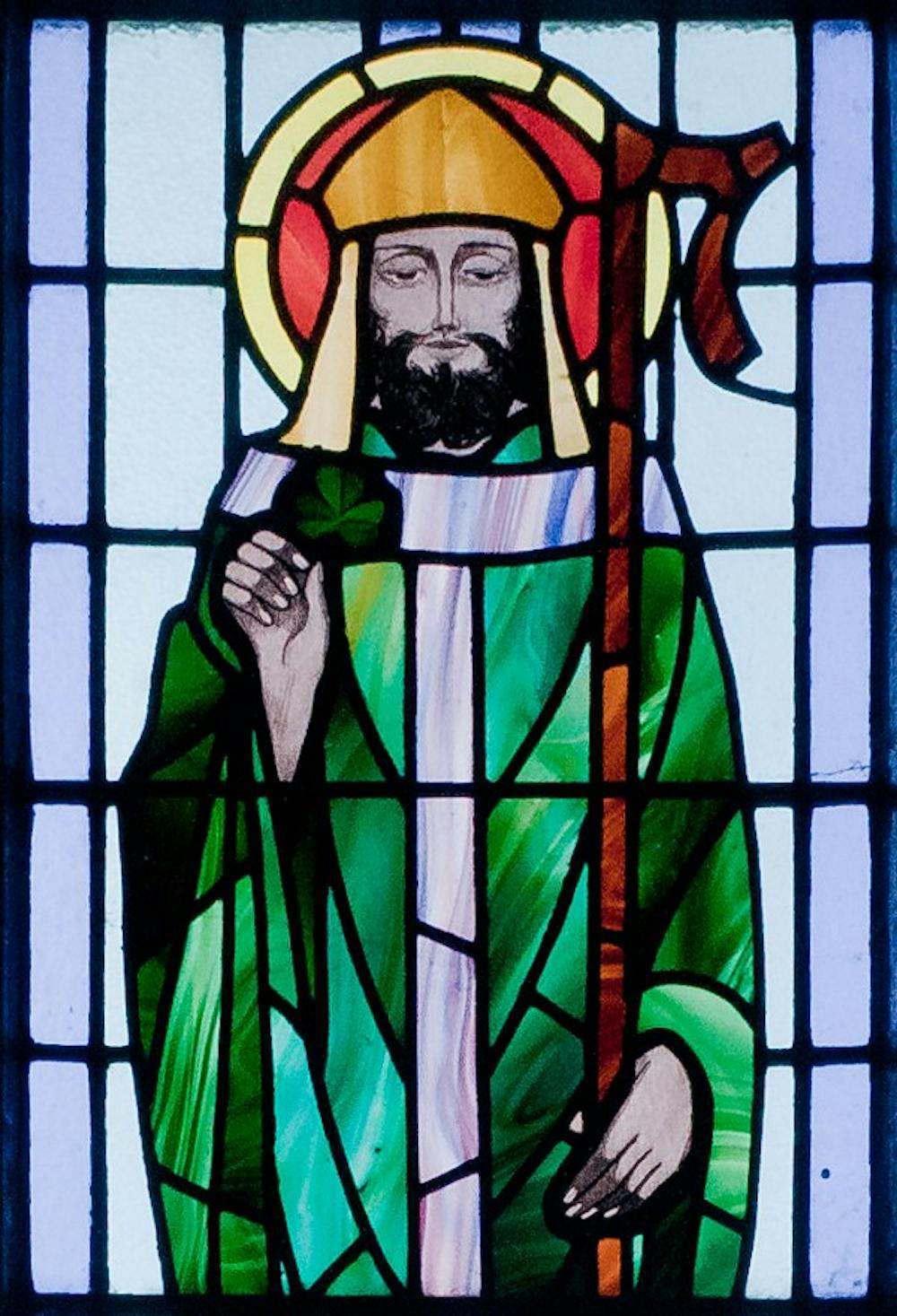Parades, leprechauns and bar crawling are all staples of St. Patrick's Day, but the origin of the holiday differs greatly from today's celebration.
Fredrick Suppe, the assistant chair of the history department who has a Ph.D. in medieval history, said Saint Patrick really existed.
“If we had a time machine and we brought him today, I’m sure he would be aghast,” Suppe said.
Sometime around the year 400 A.D. Patrick, who actually wasn’t Irish, was living in a small Roman village on the west coast of the Roman Province of Britain.
“We know this because he wrote a sort of spiritual biography and it's called his 'confession.' So Patrick was brought up in a Christian context and when he was 16 raiders from Ireland came over,” Suppe said. “They kidnapped him and a great many other people.”
For the next six years Patrick was a slave and when he was 22 he experienced a “vision of God that told him that he should leave Ireland.”
He walked more than 100 miles to the southern coast and boarded a merchant ship that would take him to France. The ship actually wrecked and somehow he made it back to his home.
In his late 20s, Patrick experiences another vision and becomes a Christian missionary.
During his time as a missionary, people were impressed with what he had to say about Christianity and they would give him money, which was used to free slaves.
“If you’ve ever heard of Saint Patrick, he drives the snakes out of Ireland. It's not true literally because there wasn’t any snakes in Ireland," Suppe said. "It’s a metaphor.”
Snakes have an evil context in Christianity and Patrick spread the religion throughout Ireland, which symbolizes the saint driving snakes out of the country.
St. Patrick’s Day is on March 17 and marks the saint’s death. The emergence of the holiday in North America began after Irish people fled the country due to economic reasons like the potato famine.
“There are a lot of Irish people here in North America who want to remain Irish in their identity and in 1836 they establish a fraternal organization known as the Ancient Order of the Hibernians," Suppe said.
This Irish group started the tradition of having parades and incorporated drinking, which is now a staple of the holiday.
“You see people in a pub drinking green beer and all that’s kind of a North American thing,” Suppe said. “Back home in Ireland until about halfway through the 20th century before WWII, St. Patrick’s Day was a day when you’d go to church if you were a good Catholic and you’d go to mass.”
Modern celebrations of the holiday in Ireland are similar to those in North America and Suppe believes this is due to the invention of the television.
So what would Saint Patrick think about modern day celebrations of the holiday?
“He was concerned about Christianity he would want them to be in church and leading a good Christian life and things like that," Suppe said. "He was not a party animal, let’s put it that way.”





